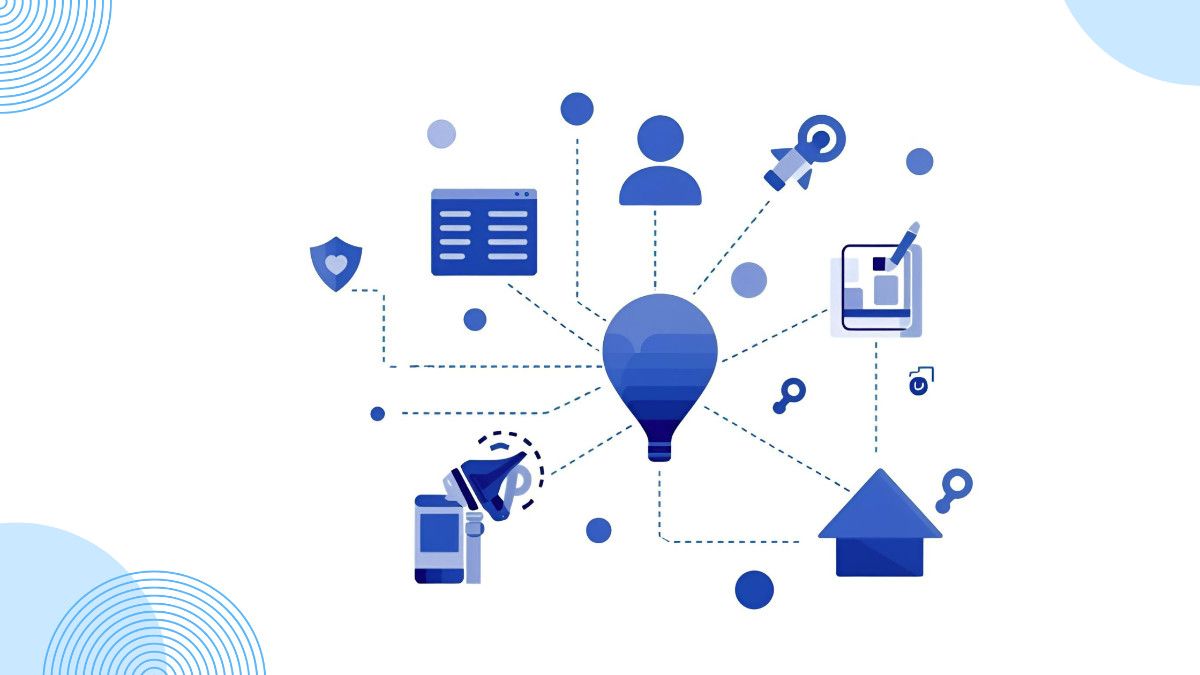4 Mistakes to Avoid When Seeking Alumni Placement Support

Engaging alumni in placement efforts can significantly enhance your institution’s recruitment outcomes—but only if done strategically. Before diving into alumni networks, it’s essential to recognize the common pitfalls that can undermine your efforts. From unclear communication to lack of follow-up, avoiding these mistakes ensures alumni feel valued and motivated to contribute meaningfully.
Understanding Alumni Placement Support
Alumni placement support refers to the ways alumni help students and recent graduates in their career development. This includes:
- Referrals and Networking
Alumni can refer students to their companies or introduce them to industry professionals, helping them land internships and jobs faster. - Mentorship and Guidance
Alumni can offer career advice, resume tips, interview preparation, and insight into industry trends, bridging the gap between education and the professional world. - Exclusive Opportunities
Alumni in hiring roles can offer internships or jobs exclusively to students from their alma mater, giving them a competitive advantage. - Enhancing Institutional Reputation
Active alumni participation boosts the university’s reputation, attracting recruiters and positioning it as a hub of well-connected graduates. - Stronger Alumni Relations
Engagement in placement support fosters a deeper emotional connection between alumni and the institution. - Building a Network
Institutions can organize alumni-led events, webinars, and workshops or create alumni groups on LinkedIn and other platforms to encourage networking.
What’s Holding Institutions Back?
Here are the four key factors that institutions often neglect when trying to harness alumni support:
1. Updated Alumni Database
Engaging alumni in placement efforts can significantly enhance your institution’s recruitment outcomes—but only if done strategically. Before diving into alumni networks, it’s essential to recognize the common pitfalls that can undermine your efforts. From unclear communication to lack of follow-up—or relying on outdated alumni database—avoiding these mistakes ensures alumni feel valued and motivated to contribute meaningfully.
Each graduating batch adds to the alumni community. However, keeping only the recent graduates’ data updated isn’t enough. A strong alumni database should include:
- Current employment details
- Accurate contact information
- Location and social profiles
Without this, placement requests may reach only a small, unresponsive portion of alumni.
2. Engagement Strategy
A database is just the beginning. Institutions need a comprehensive engagement plan that includes:
- Regular newsletters and updates
- Interactive campaigns and polls
- Alumni success stories and spotlight features
Such practices keep alumni emotionally invested, making them more likely to support placements and mentoring efforts.
3. Alumni Reach-Out
Communication channels are key. Institutions should utilize:
- Emails and personalized messages
- Social media platforms like LinkedIn
- Alumni portals and forums
These touchpoints help institutions stay connected and make alumni feel valued.
4. Alumni Tracking
Even with a good database and outreach strategy, tracking matters. Institutions should monitor:
- Alumni participation in events
- Response rates to communication
- Referrals or hiring facilitated by alumni
This helps assess effectiveness and refine strategies over time.
Conclusion
Networking, interaction, and consistent communication form the backbone of successful alumni placement support. With a robust alumni database, a holistic engagement strategy, proper outreach channels, and an effective tracking system, institutions can significantly increase alumni participation in placement efforts.
By turning alumni into placement allies, institutions not only boost student success but also build a lifelong, mutually beneficial relationship with their graduates.
Suggested Blogs
Let’s discuss the idea
Join hundreds of companies transforming their corporate communities with Almashines






